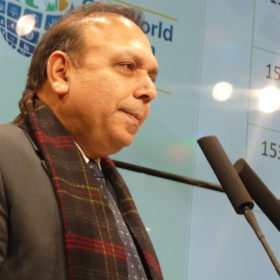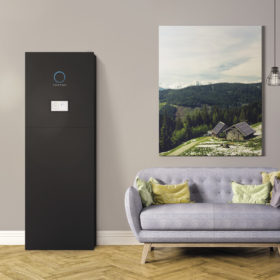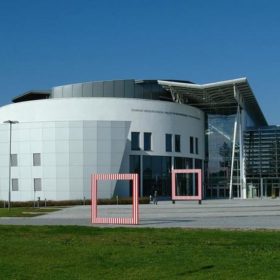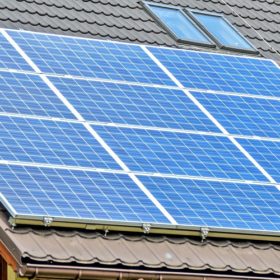India goes into overdrive with 6 GW tender plans announced in five days
SECI, the organization responsible for coordinating India’s push for 100 GW of new solar capacity by 2022, has had a busy week. But, as last year illustrated, tenders alone are not always a guarantee of new generation assets.
Global battery storage pipeline reaches 15 GW
As data drifts in, 2018 is shaping up to have been a record-breaking year for battery energy storage, writes IHS Markit senior analyst Julian Jansen. Especially for front-of-the-meter projects, which experienced rapid growth. This growth was led by significant activity in South Korea, the United Kingdom, the United States, Australia, and China, which together accounted for 78% of battery energy storage projects commissioned in 2018, according to the Q4 2018 edition of the IHS Markit “Energy Storage Company and Project Database.”
The weekend read: Just look who is closing ranks!
Owners of residential PV systems increasingly want more features. Virtual power plants, smart EV charging and self-consumption measured by ever higher percentages of self-sufficiency have been buzzwords in the industry. The result has been a new breed of smart bidirectional inverters, sometimes dubbed hybrid inverters. And with utilities having found business models that also work out in their favor, could a new dawn of residential installations rise over the world of suburbia?
Can you hack the grid using an inverter?
Maybe. But you’d be better off using a laptop. And no, Huawei inverters aren’t going to cause a blackout.
Gridserve to deploy 60 MW of bifacial-plus-tracking projects in the UK
Two sites with capacities of 34.7 MW and 25.7 MW will supply unsubsidized power to Warrington Borough Council. The smaller project will provide the local authority’s energy needs and reduce its electricity bill while the larger one will sell renewable energy on the open market, further bolstering council income.
Storage Highlights Countdown #4; 27 microgrids for the Maldives – Trina Solar
In the run-up to the Energy Storage Europe conference pv magazine is featuring the top ten developments in the field as our Energy Storage Highlights, selected by an independent jury of experts. Yesterday we entered our top five, with MAN’s thermoelectric energy storage.
Dubai’s DEWA seeks proposals for phase V of 5 GW Mohammed bin Rashid Al Maktoum Solar Park
The utility has issued a request for qualification for a further 900 MW of PV at the huge solar park, which is set to reach a total capacity of 5 GW.
Medium and small power-to-gas conversion already viable
An international team of economists says power-to-gas may already generate hydrogen at costs competitive with fossil fuel power plants in Germany and Texas, provided certain production output levels are not exceeded. If medium and small power-to-gas is competitive, large-scale should be viable by 2030.
Leroy Merlin begins sale of PV modules in Spain via website
The French home improvement and gardening retailer has stolen a march on Ikea by offering PV panels and other renewable energy products in Spain.
Brazil’s WEG acquires storage business of US-based NPS
The two companies entered a technological partnership in 2013 and three years ago the Brazilian company acquired the wind power business of its US peer.










